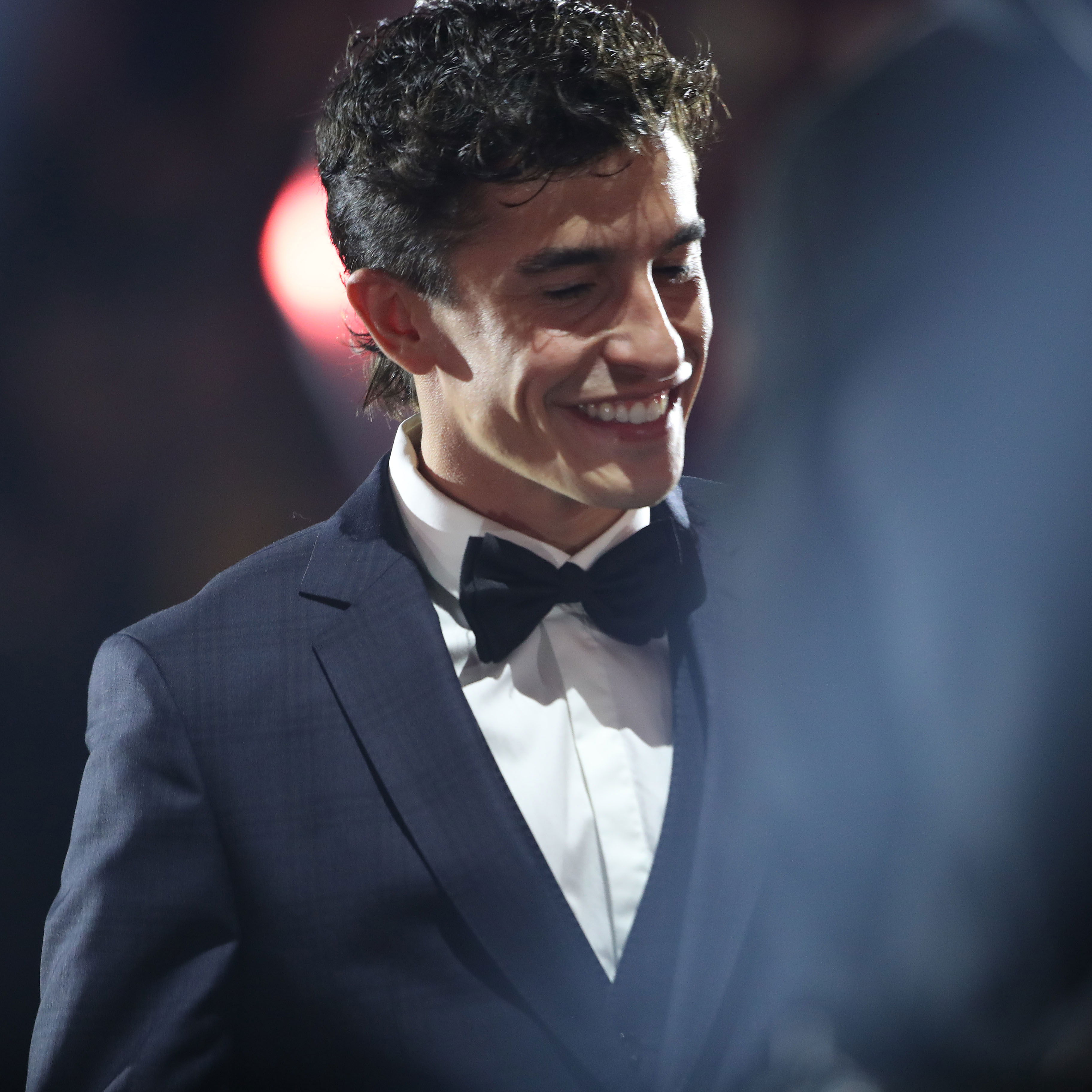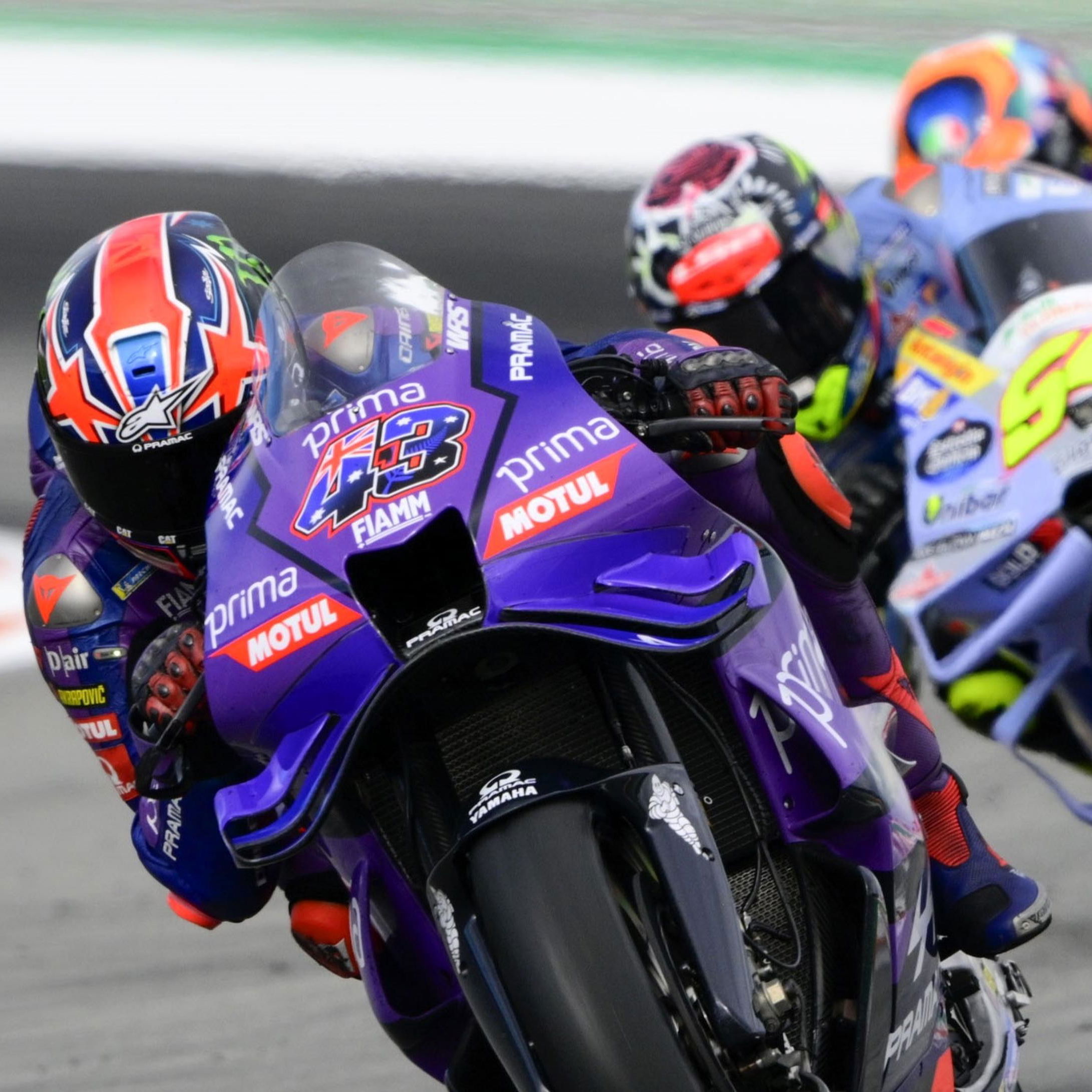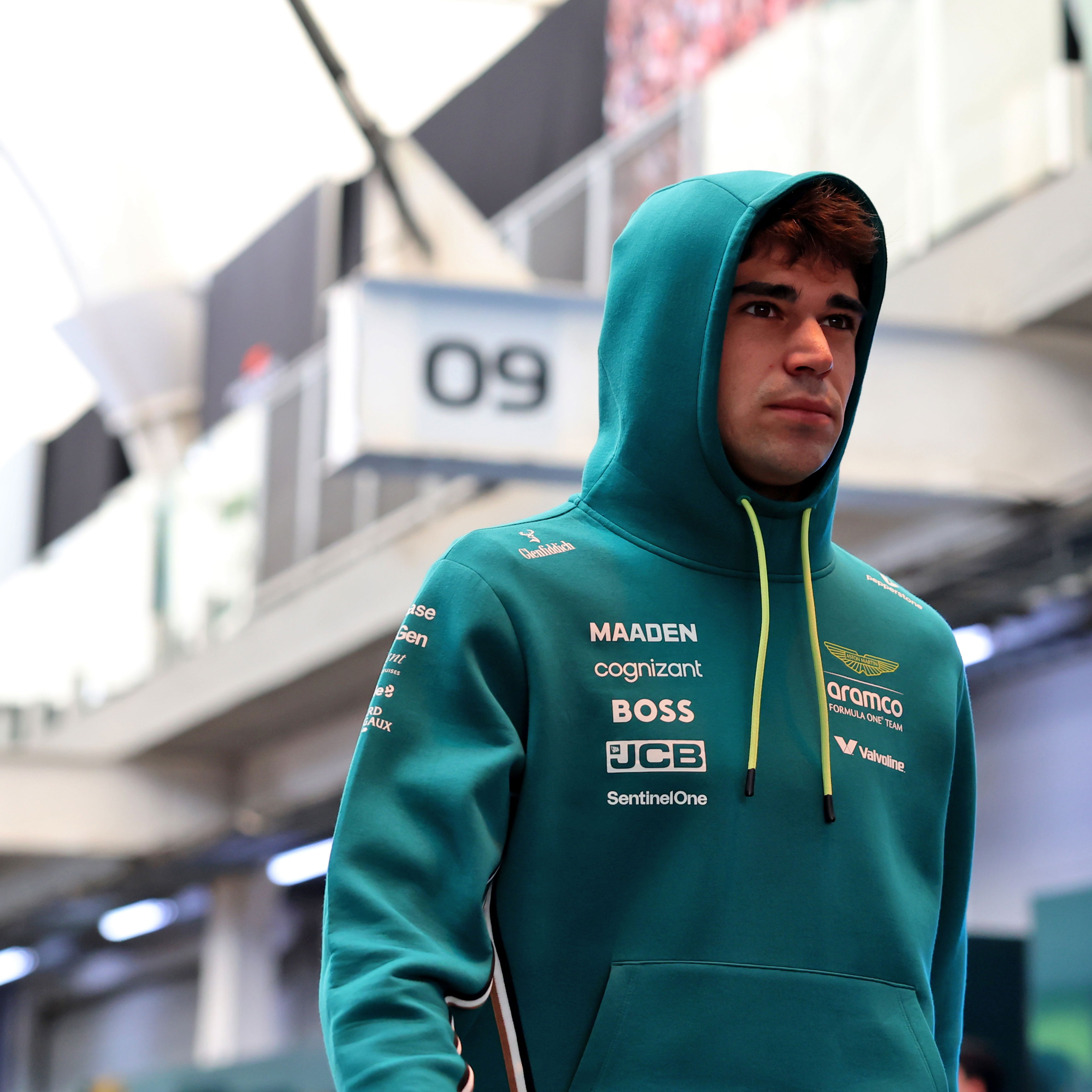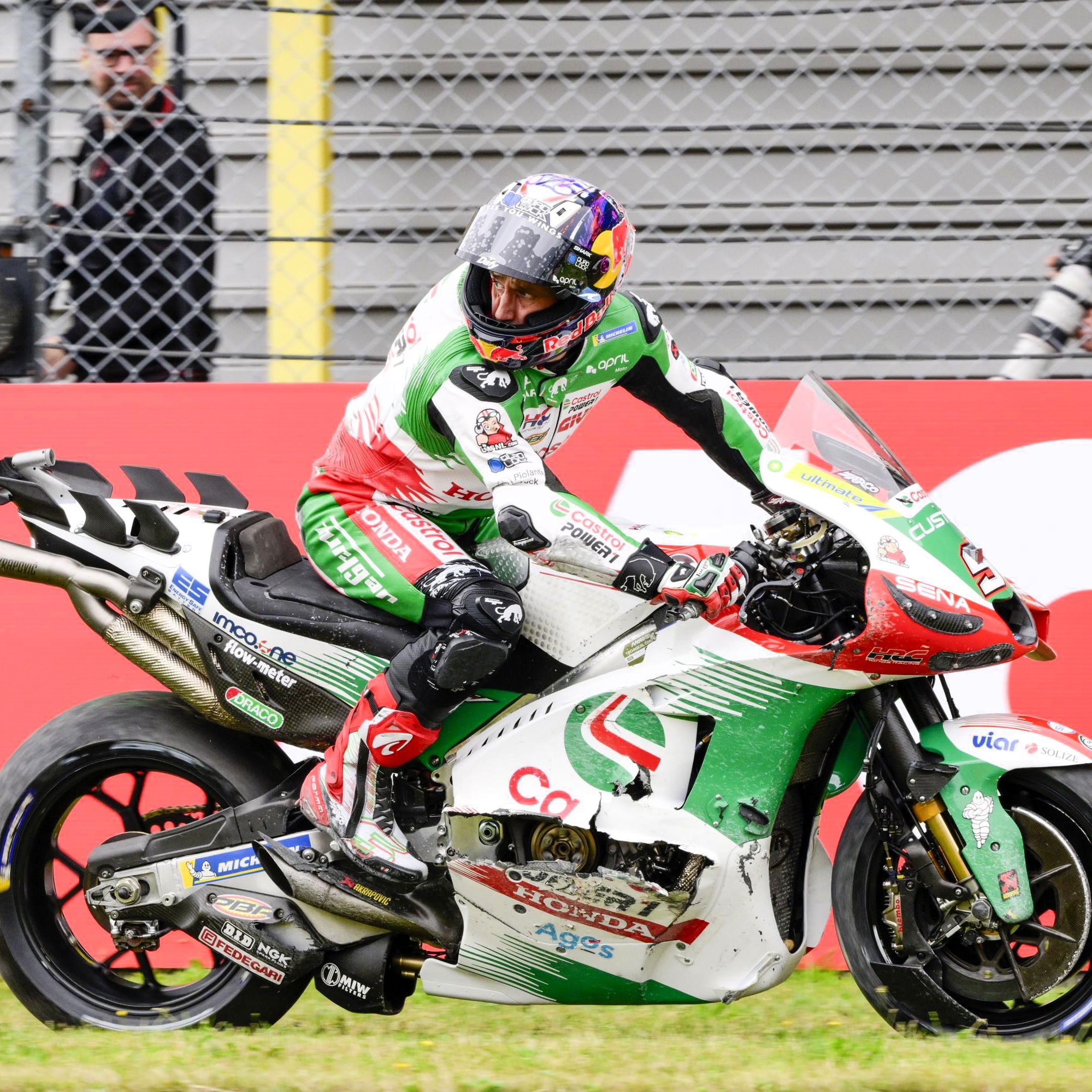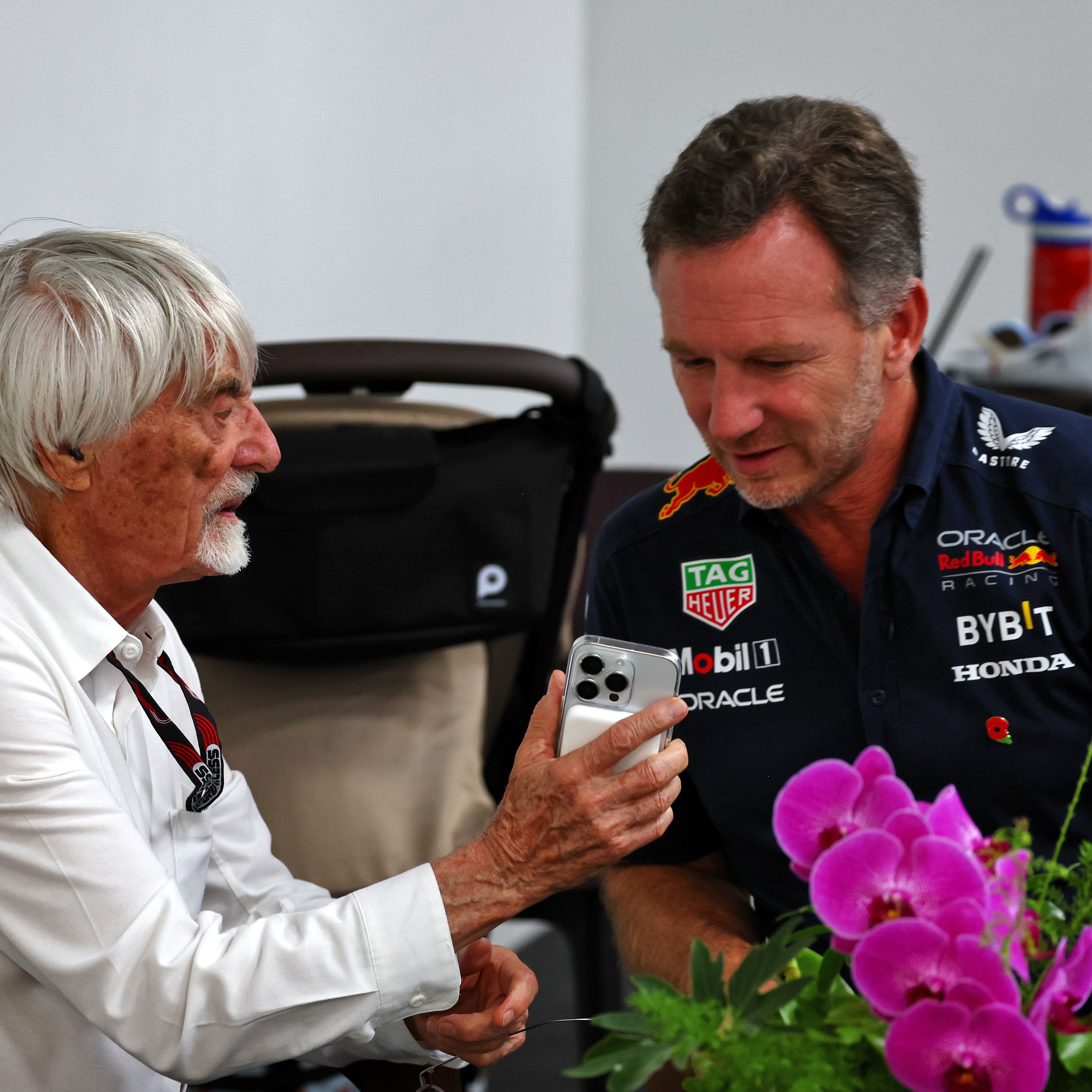Four-strokes are go!
This weekend Grand Prix racing launches into its new four-stroke era at Suzuka, Japan's fastest, most historic racetrack.
Suzuka hosted its first Grand Prix 40 years ago, when the earliest battles for supremacy between two-strokes and four-strokes were raging.

This weekend Grand Prix racing launches into its new four-stroke era at Suzuka, Japan's fastest, most historic racetrack.
Suzuka hosted its first Grand Prix 40 years ago, when the earliest battles for supremacy between two-strokes and four-strokes were raging.
At that time the two-strokes were in the ascendancy, Suzuki and Yamaha two-strokes eating into the dominance of Honda's four-strokes. This weekend the pendulum swings in the opposite direction, with new technical regulations returning fourstrokes to the fore and thus bringing the MotoGP series in line with the global streetbike market.
Michelin has been at the cutting edge of GP tyre design ever since two-strokes came to dominate all classes of GP racing from the mid-seventies, and the French company is aiming to stay there as the four-strokes return. Michelin has been deeply involved in the development of the Honda and Yamaha four-stroke MotoGP bikes, which are favourites for glory in 2002.
At the same time Michelin's engineers are also equipping many of the teams still running 500cc two-strokes, which have proved during pre-season testing that they are anything but obsolete.
This year's 16-race MotoGP World Championship continues in two weeks time at Welkom, in South Africa, before moving to Europe for the Continental season. The campaign ends at Valencia, Spain, on Nov 3.
The riders and Suzuka:
In recent years Japan has established itself as the one of the world's strongest GP nations. Although Japanese riders have been part of the World Championship scene since the early sixties and have been winning world titles since the late seventies, it's only in the past decade that they've become a real force throughout all classes of GP racing.
Japan is now the fourth most successful nation in 125, 250 and MotoGP racing - behind Italy, Britain and the United States - with a total of 149 Grand Prix wins. But so far no Japanese rider has ever won a World Championship in the 500 class. This weekend Tohru Ukawa (Repsol Honda Team-Michelin) aims to take his first step towards changing that.
The former 250 winner, who last season graduated to 500 class, scoring one podium finish and one pole position, is now armed with Honda's awesome four-stroke RCV. Ukawa believes the RCV to be the best bike he's ever ridden and his dream is to win Suzuka on Sunday.
"I've never won a Grand Prix in Japan, so I will be trying very hard this year," says Ukawa, winner of four 250 GPs in 1999 and 2000. "Suzuka is very important for all Japanese riders, and, of course, for Honda too. It's also my favourite track and the RCV is the best bike I've ever ridden, so I'm really looking forward to this GP."
As one of two riders equipped with RCVs, along with team-mate Valentino Rossi (Repsol Honda-Michelin), Ukawa has been heavily involved in machine and tyre development during the winter. Both men have been working closely with Michelin's technicians to create rubber capable of dealing with the RCV's 200-plus horsepower output, and their one-off lap times and simulated race runs suggest they've done a great job.
"The new four-strokes make so much power that we had a few problems with tyre endurance to start with," adds Ukawa. "But Michelin quickly made some big improvements with a development of their 16.5in rear slick which allowed us to do some very good race simulations at Sepang and Phillip Island. Now we have good endurance performance. Although the RCV makes quite a bit more horsepower than the NSR500 I rode last year, its four-stroke character is easier to handle and there's less sliding to deal with. Of course, there is some wheelspin because of the high power output, but that's not a problem because the bike still pushes forward."
Ukawa has achieved some great successes at Suzuka in the past, including three Suzuka Eight Hours victories (two of those achieved with Michelin) and four 250 GP podiums (three second places in 1997, 1999 and 2000, and one third place in 1994). He probably knows the hugely challenging figure-of-eight track better than any other rider on the MotoGP grid.
"My favourite section of the track is all the fast bits from Dunlop curve all the way back to the chicane, because I like quick corners," he says. "But I think the most crucial part of the circuit is the esses section soon after the start. If you get that right you can make up a lot of time. My least favourite part, of course, is the chicane; it's just too slow, doesn't feel like racing at all!"
Michelin and Suzuka:
Michelin has won the past eight Japanese 500 Grands Prix and the company is aiming to continue that run this weekend, whether it's with one of the new breed of four-strokes or one of the 'old school' 500s.
Sunday's Grand Prix will be therefore a fascinating event for all involved in GP racing's new era, especially Michelin, who have spent recent months developing tyres for Honda's RCV and Yamaha's YZR-M1.
Michelin's main focus has been to create a new rear slick able to handle the massive power outputs of the new four-strokes. To that end the company's tyre technicians have further developed the 16.5in slick that dramatically increased the race pace during the last two 500 seasons. The 16.5in 500 tyre has a radical profile that delivers a large contact patch for extra grip, cooler running and longer life. The 16.5 four-stroke tyre is the same, only more so, with an even bigger contact patch to harness the bikes' extra power and torque.
"We have produced four main profiles since our four stroke development programme began, with a variety of constructions and compounds, and we may have a fifth ready for Suzuka," says Emmanuel Fournier, Michelin's new MotoGP manager. "We had to work hard to improve grip at maximum lean because the four-strokes have so much more low-rpm torque that they need more grip earlier in the corners than the 500s. What we've produced so far has proved to be very effective at many tracks, but while Suzuka will be very interesting for us because it's the first race of the new era, it's not the most challenging circuit for tyres. The next race at Welkom will be much more of a challenge."
Although the MotoGP four-strokes will be the centre of attention this weekend, Daijiro Katoh (Fortuna Honda Gresini-Michelin) and Loris Capirossi (West Honda Pons-Michelin) have stunned with their pre-season pace on their 500s. Katoh, who recently switched to Michelin from another tyre brand, and Capirossi have both discovered that the four-stroke tyre also works wonders on their NSR500s.
"Daijiro was very impressed with some of Ukawa's winter lap times, so his team asked if we would test with them," explains Fournier. "First day out at Sepang he found he could do three or four runs with the same tyres and do the same lap times, so he decided to make the switch."
Emmanuel Fournier, 36 years old and from Le Puy, has been with Michelin for 12 years, working within the car OE department and then the competition R&D department in GT cars. But motorcycles have always been his passion, so his new assignment is a dream come true. He has a collection of 15 bikes, ranging from Seventies classic Hondas to trials and motocross machines.
Suzuka data:
Lap record: 1998 - Max Biaggi (Marlboro Kanemoto Honda-Michelin) 2m 06.746sPole position: 2001 - Loris Capirossi (West Honda Pons-Michelin) 2m 04.777sRecent winners of the Japanese GP:
- 2001 Valentino Rossi (Nastro Azzurro Honda-Michelin), 44m 51.501s
- 2000 Norick Abe (Antena 3 Yamaha-D'Antin-Michelin), 45m 16.657s
- 1999 Kenny Roberts (Suzuki Grand Prix Team-Michelin),51m 54.386s, race at Motegi
- 1998 Max Biaggi (Marlboro Kanemoto Honda-Michelin), 44m 59.478s
- 1997 Mick Doohan (Repsol Honda-Michelin), 45m 11.995s
- 1996 Norick Abe (Marlboro Team Roberts Yamaha-Michelin), 45m 34.590s
Michelin's 2002 MotoGP Partners:
Repsol Honda Team-Michelin (4S)
Valentino Rossi
Tohru Ukawa
Marlboro Yamaha Team-Michelin (4S)
Max Biaggi
Carlos Checa
West Honda Pons-Michelin (2S)
Loris Capirossi
Alex Barros
Fortuna Honda Gresini-Michelin (2S)
Daijiro Katoh
Gauloises Yamaha Tech 3-Michelin (2S)
Shinya Nakano
Olivier Jacque
Antena 3 Yamaha-d'Antin-Michelin (2S)
Norick Abe
Pere Riba



